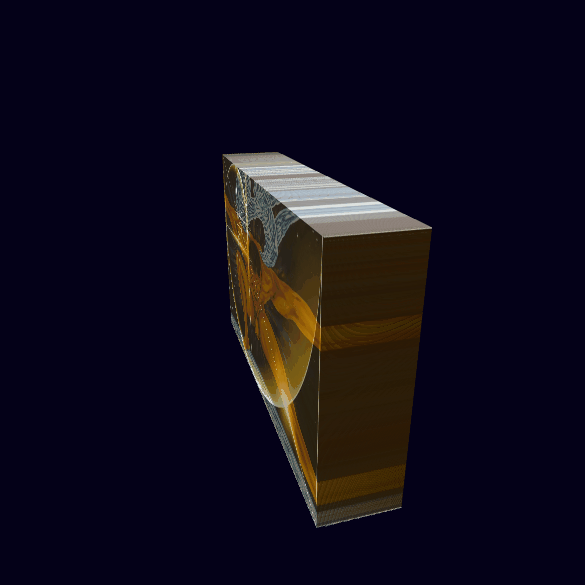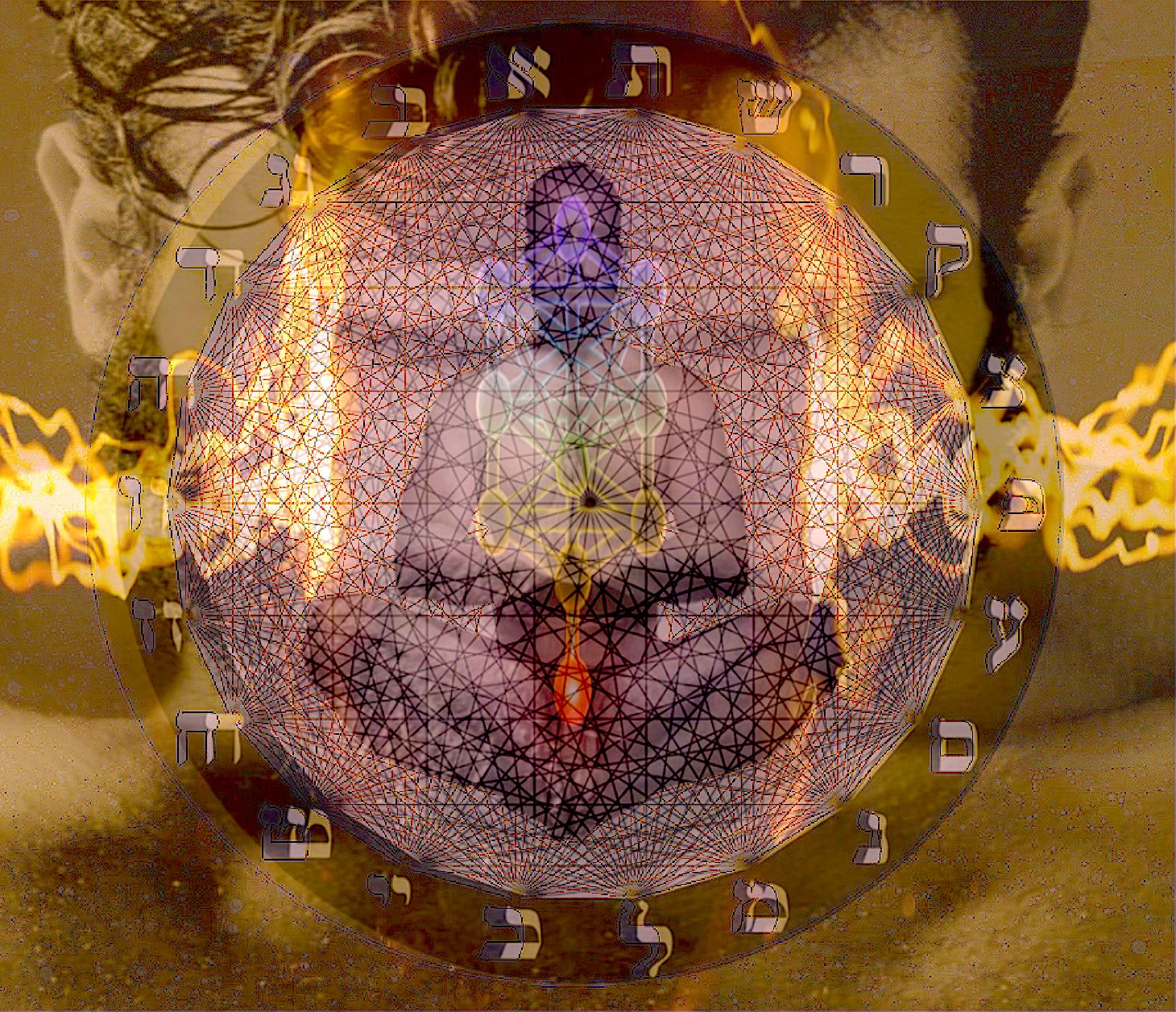Is Blockchain Tech the Solution to AI-Generated Fake News?
AI-generated false information is increasing at an unprecedented rate, making it difficult for people to differentiate between fake & real news.

In today's technological era, we are surrounded by fake news spread via social media, deep fakes, and pirated entertainment. It's scary to think that AI-generated false information is increasing at an unprecedented rate, making it difficult for people to differentiate between fake and real news. The question arises: Is blockchain tech the ultimate answer to AI-generated fake news? In this blog post, we'll explore how blockchain tech can help combat the ever-growing problem of AI-generated fake news.
Blockchain Tech: The Solution to AI-Generated Fake News

Firstly, blockchain technology can be vital in tackling AI-generated fake news. Blockchain is based on the principle of decentralization, where a transparent and tamper-proof digital ledger maintains a record of all transactions. In the case of fake news, blockchain technology can help verify the authenticity of news sources, thereby preventing the spread of misinformation.
With a decentralized blockchain network, users can identify and report fake news websites or sources, creating a more transparent and trustworthy system. In a perfect world, however, real-life use cases will be Blade Runner-esque for a while, like until 2030 A.D.

Since Atlas has shrugged, the writing is on the wall; please see what it says.
Secondly, blockchain technology can also promote ethics and accountability among information-sharing platforms. Most social media platforms use algorithms that can quickly spread fake news to a vast audience. Blockchain technology can enable these platforms to monitor and limit the spread of misleading information, thereby fostering a more reliable and trustworthy platform.
Users can trust the platform to provide only verified and accurate news stories by creating a more ethical system. Just like Contemporary Atlantic Canadian visual artist and NFT creator Claude Edwin Theriault @MBF-Lifestyle is doing, to get through the mainstream media firewall that does not want to see his work see the light of day.

Thirdly, blockchain technology can facilitate an approach in combating fake news based on collective intelligence. By using blockchain-based marketplaces that incentivize correct and accurate information providers, blockchain can create a self-regulating system of trusted sources. Developers and publishers of accurate news can collaborate on open-source blockchain projects, providing a more robust and irrefutable platform in the long run.
Fourthly, blockchain technology can provide a better way of generating and distributing ad revenue. In the current scheme of ad revenue, information providers generate revenue from the number of clicks or views they receive, often promoting fake news or clickbait headlines, on all the major authoritative news sites. Blockchain technology can ensure that revenue is distributed more fairly to news providers, prioritizing accuracy and reliability, and encouraging more publishers to produce verified news content. Due to the cost of deploying content onto a chain, the amount of junk is low since it costs too much to spam in Web 3.0.

The issue of AI-generated fake news demands collaboration from the tech industry to find effective solutions. Blockchain technology can play a crucial role in tackling this challenge by providing a platform for transparency, trust, and collaboration.
With blockchain tech, there's a real opportunity to revamp the current news delivery system and promote more accurate and reliable news stories. It's time for the tech industry to take proactive measures to improve the quality of news content and restore public trust when needed.
Hence, there is a surge in contemporary artists flocking to the Ethereum platform for money to build and house their new blue-chip asset-class intellectual property.
Here are five FAQs based on your text:
1. How can blockchain technology help combat AI-generated fake news?
Blockchain’s decentralized and tamper-proof digital ledger system can verify the authenticity of news sources. By maintaining transparent records, it helps prevent the spread of misinformation and allows users to identify and report fake content more effectively.
2. Can blockchain improve accountability on social media platforms?
Yes. Blockchain can enhance ethics and accountability by allowing platforms to track and control the dissemination of misleading information. This shift toward verified, trustworthy content helps users rely on platforms for accurate news.
3. How does blockchain incentivize the creation of accurate news?
Blockchain-based marketplaces can reward users and publishers who provide correct and verified information. This crowdsourced and incentive-driven model promotes collaboration and builds a self-regulating network of trusted news providers.
4. Will blockchain change how ad revenue is distributed in news media?
Absolutely. Blockchain offers a fairer revenue model by rewarding news sources that prioritize accuracy over clickbait. Since deploying content on the blockchain carries a cost, it discourages spamming and encourages quality reporting.
5. Why are contemporary artists turning to blockchain platforms like Ethereum?
Artists are using blockchain to bypass traditional media gatekeepers and secure their intellectual property as digital assets. Platforms like Ethereum offer transparency, monetization, and permanence, making them ideal for the next generation of blue-chip digital art.
